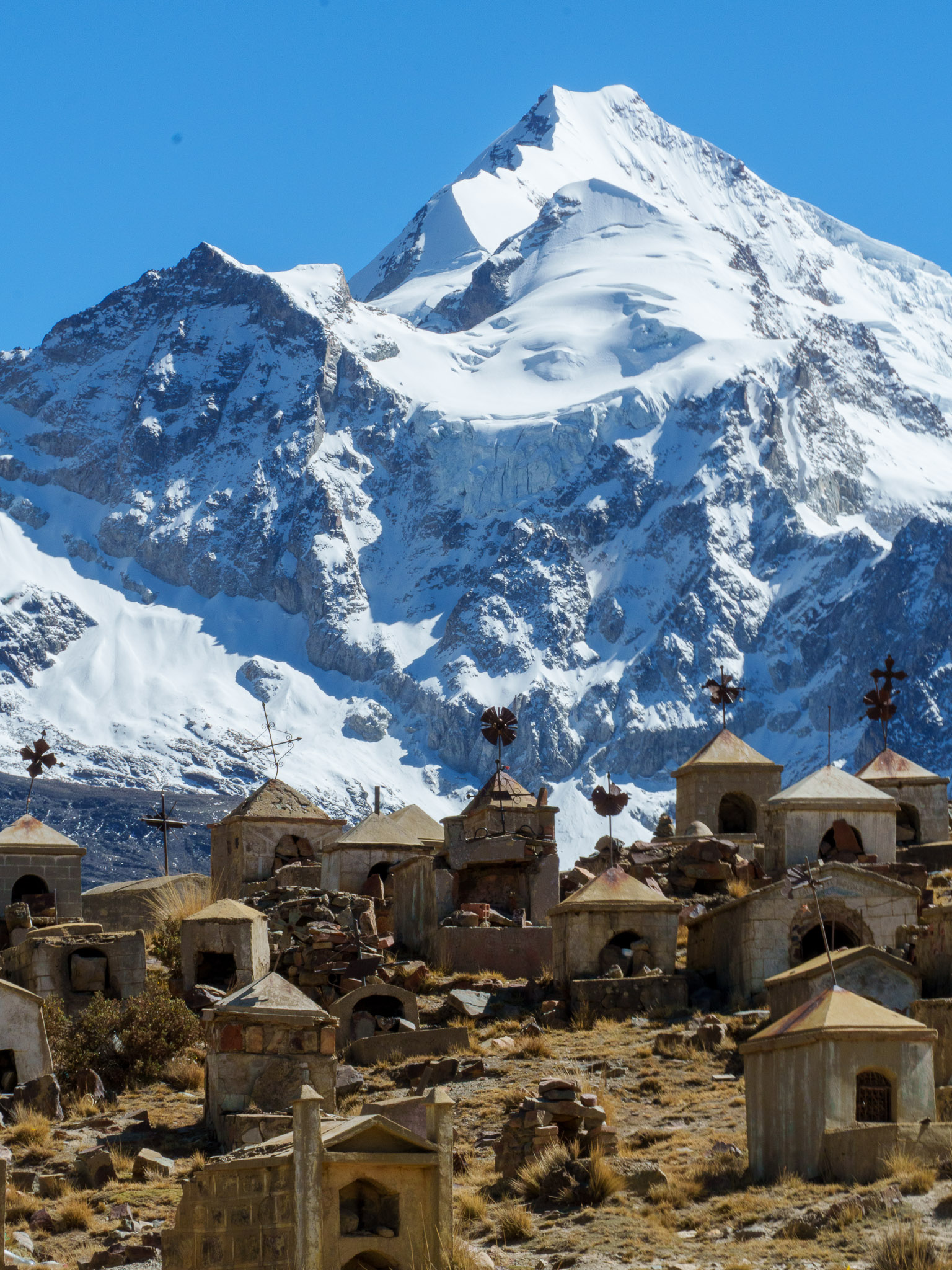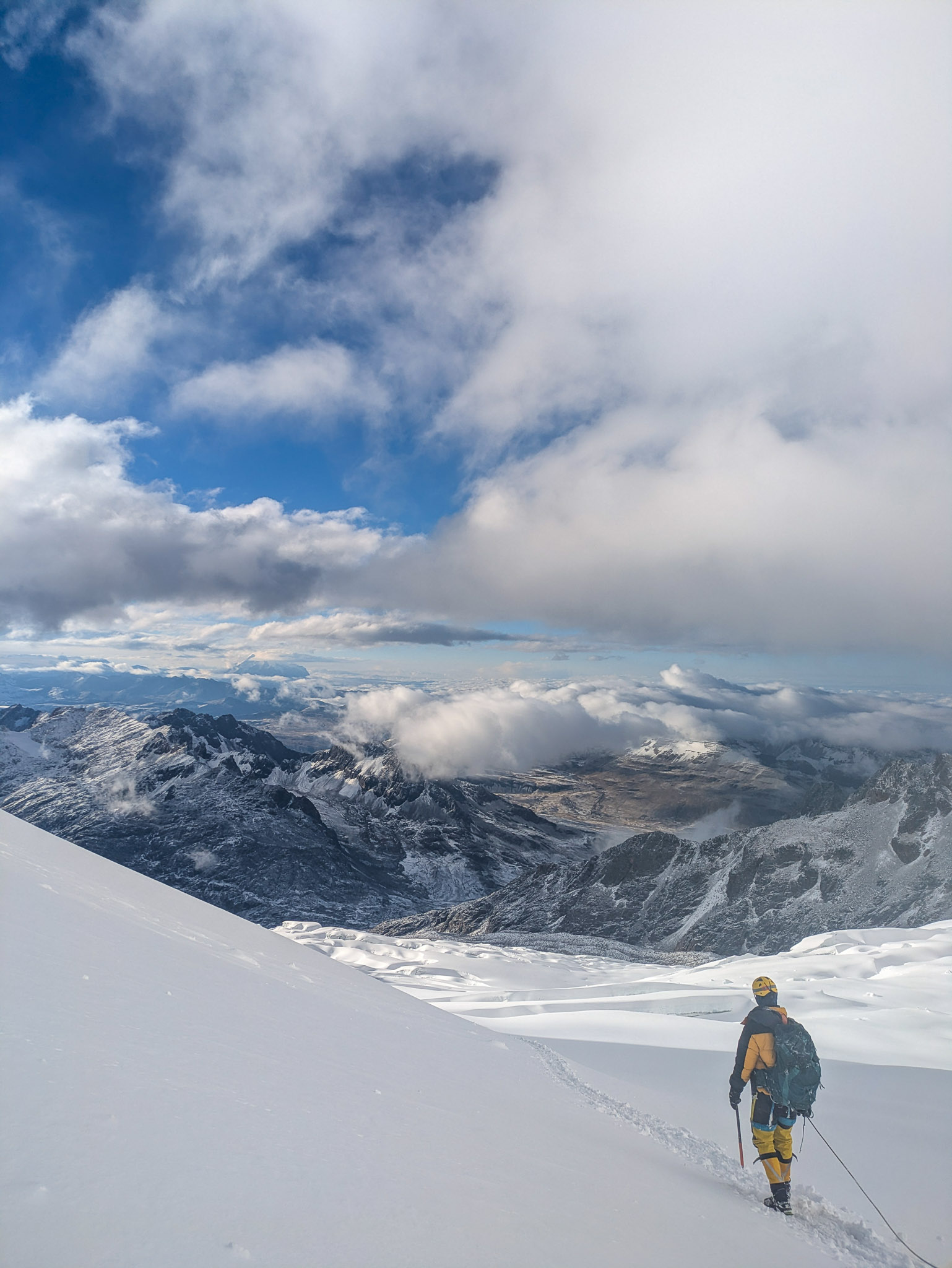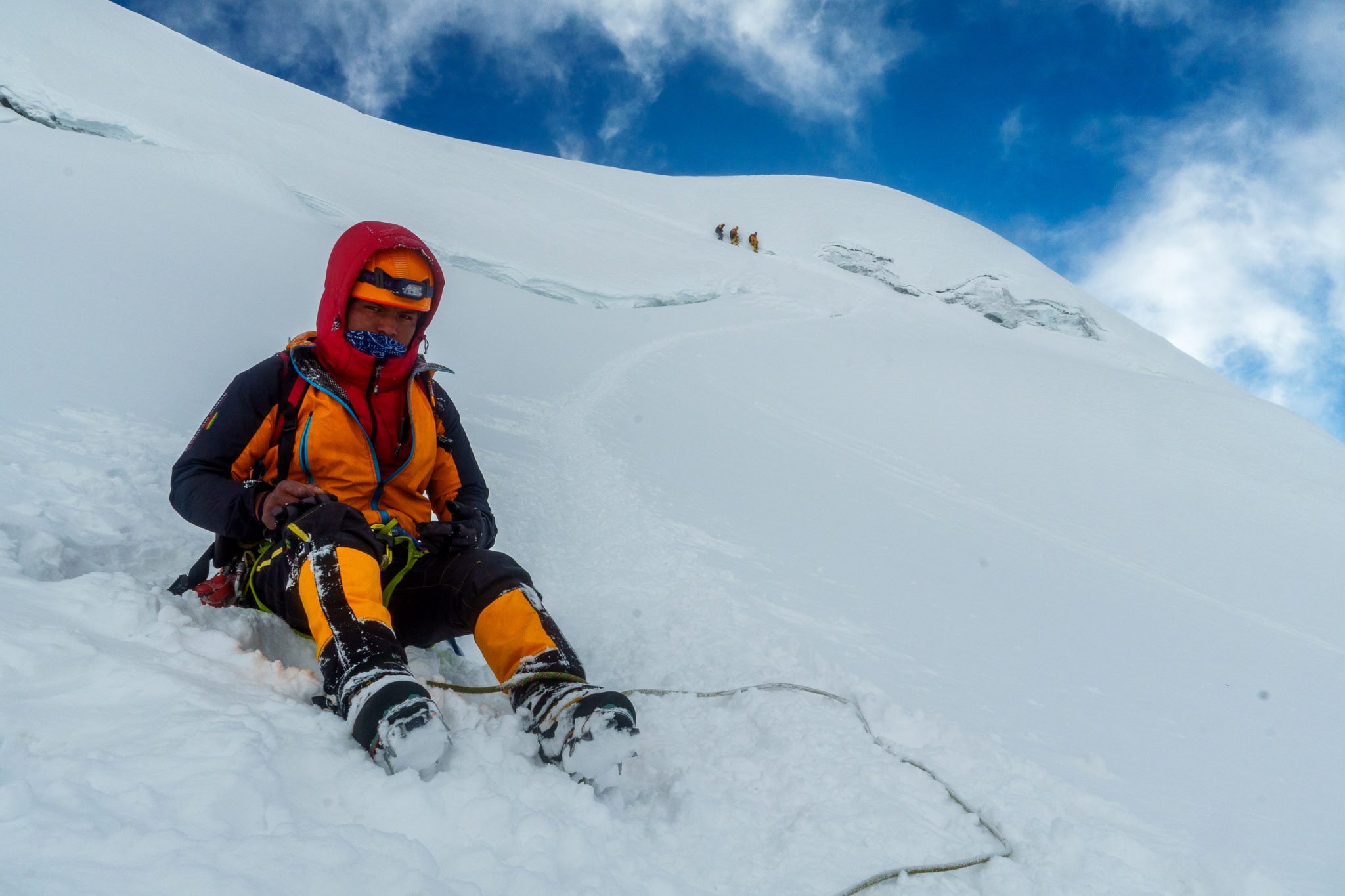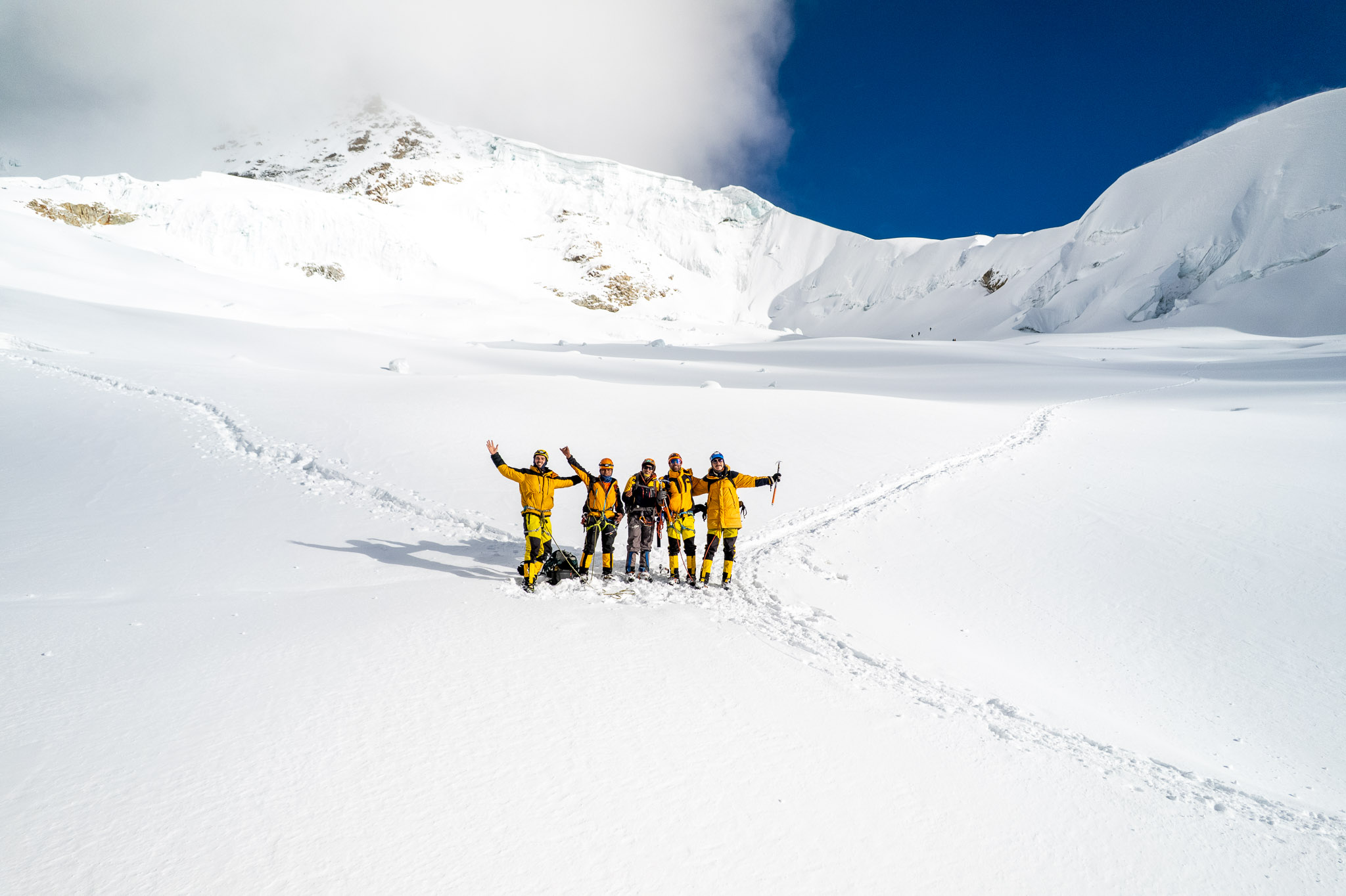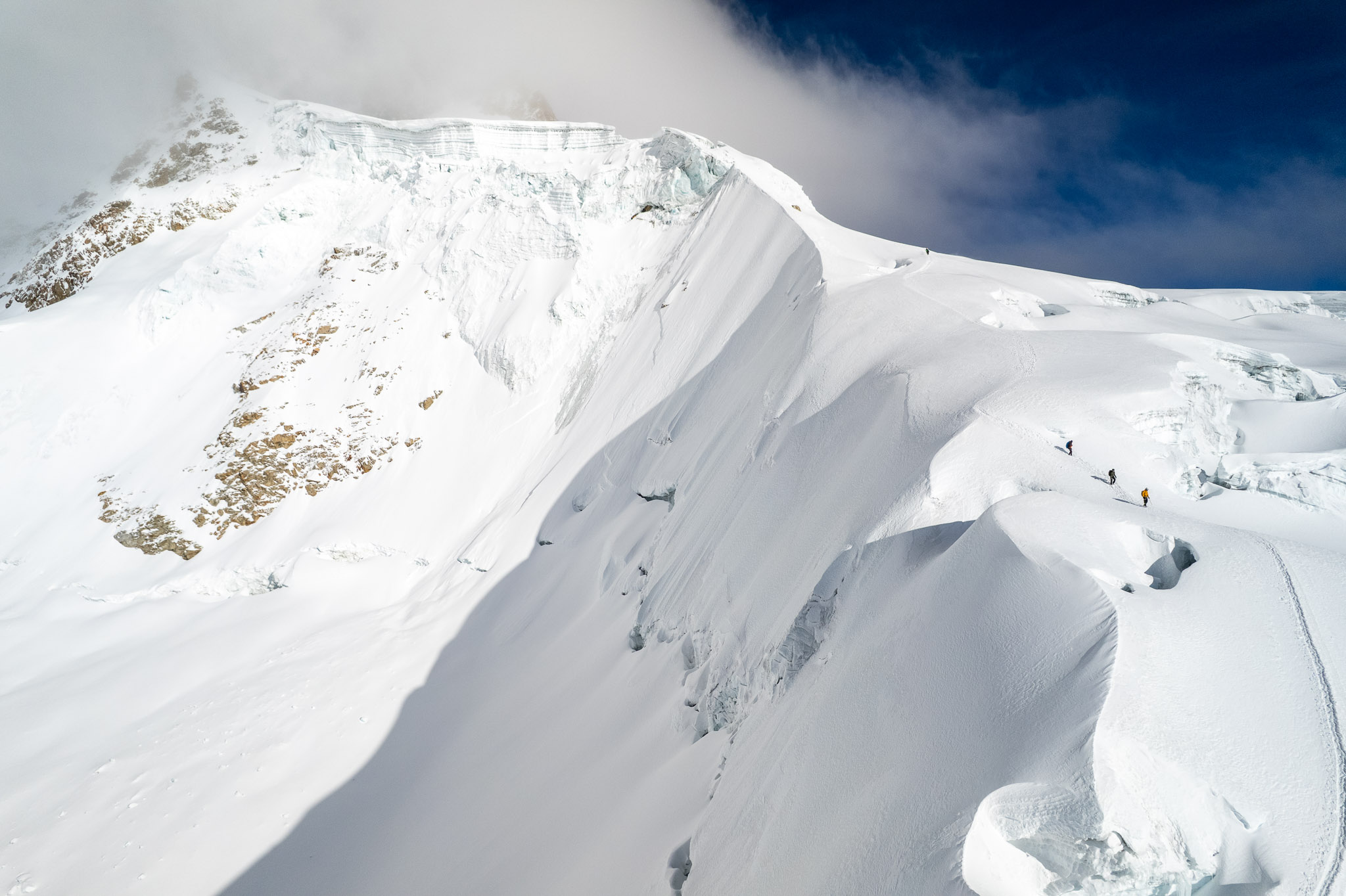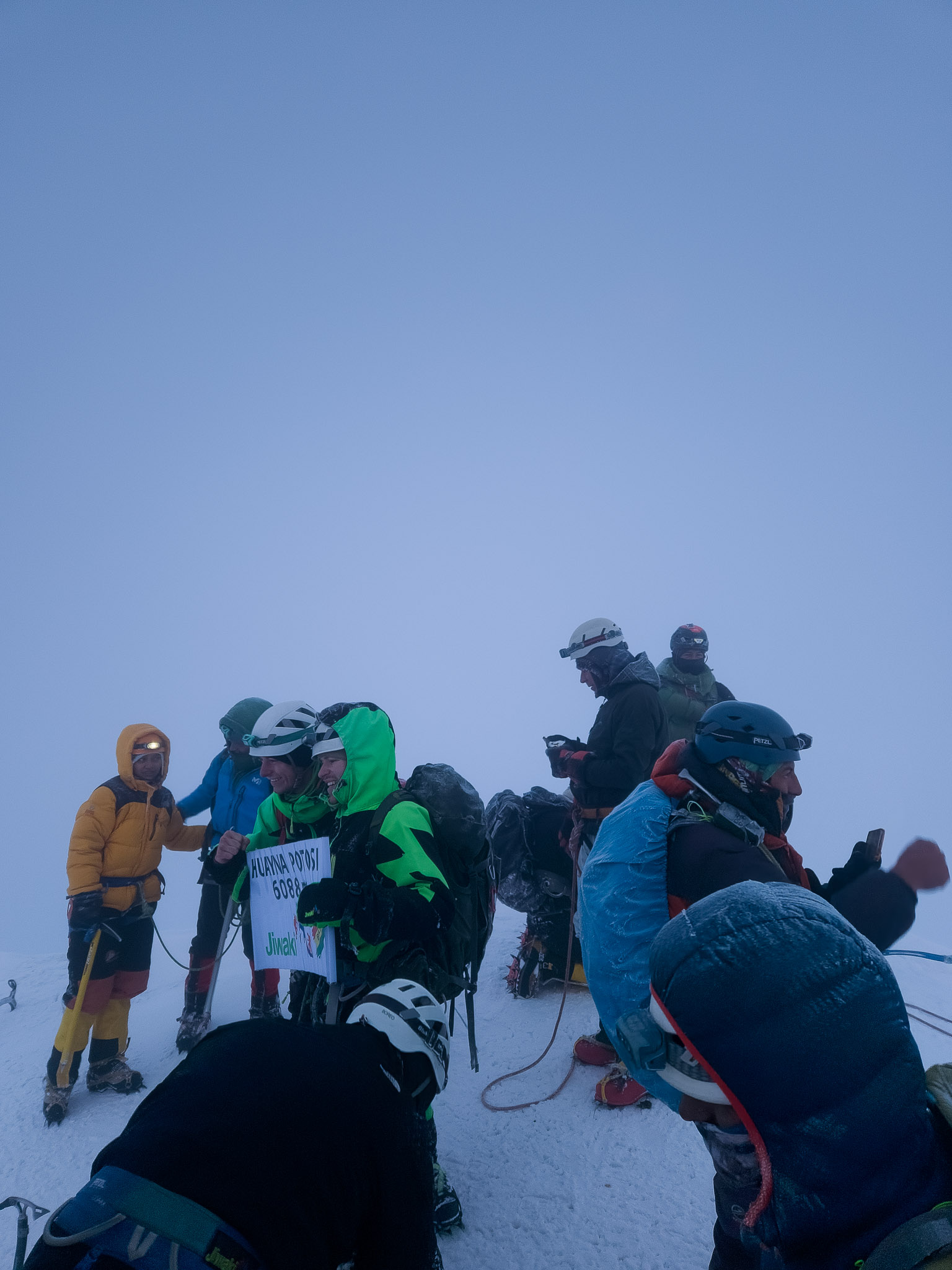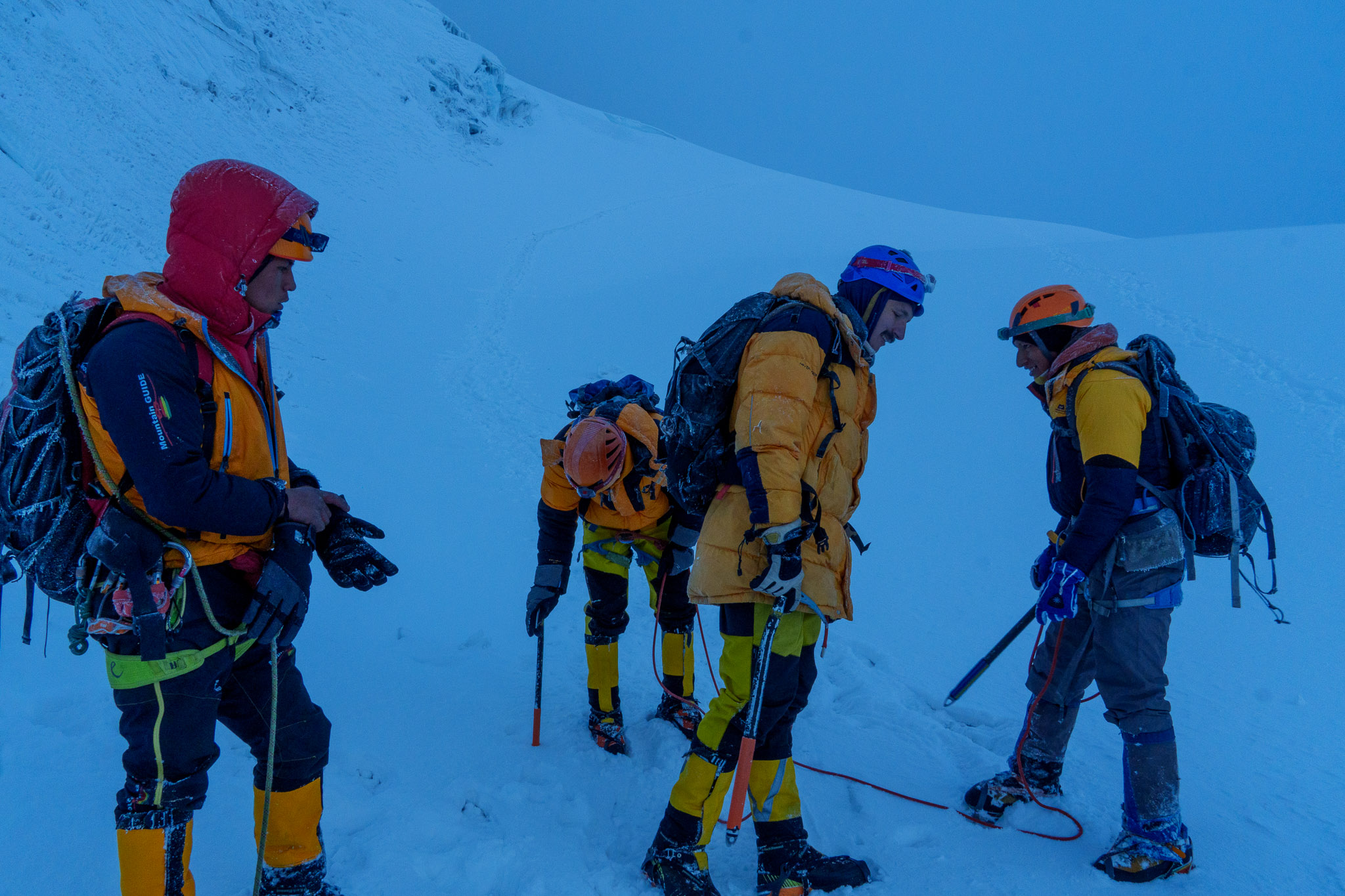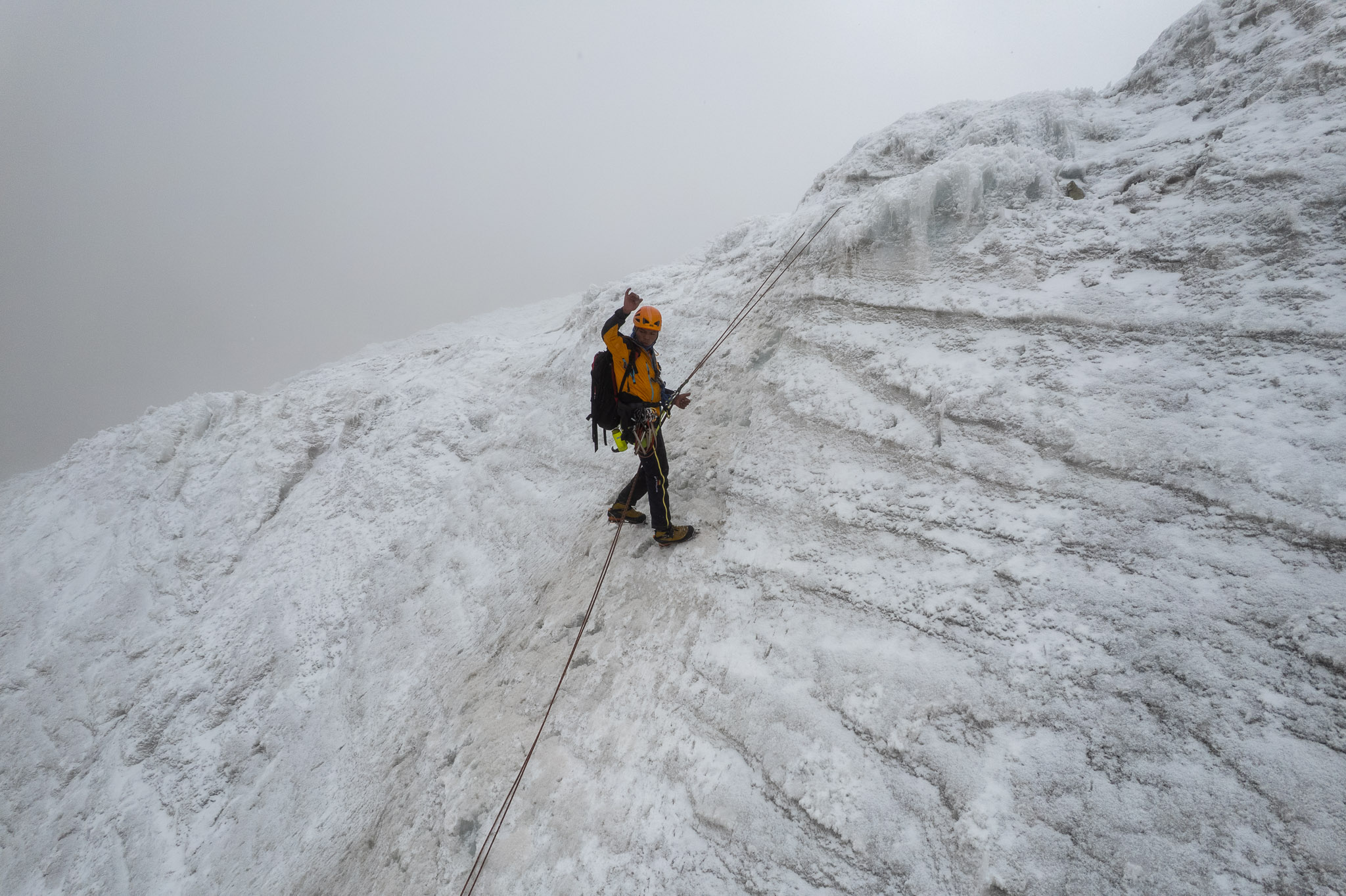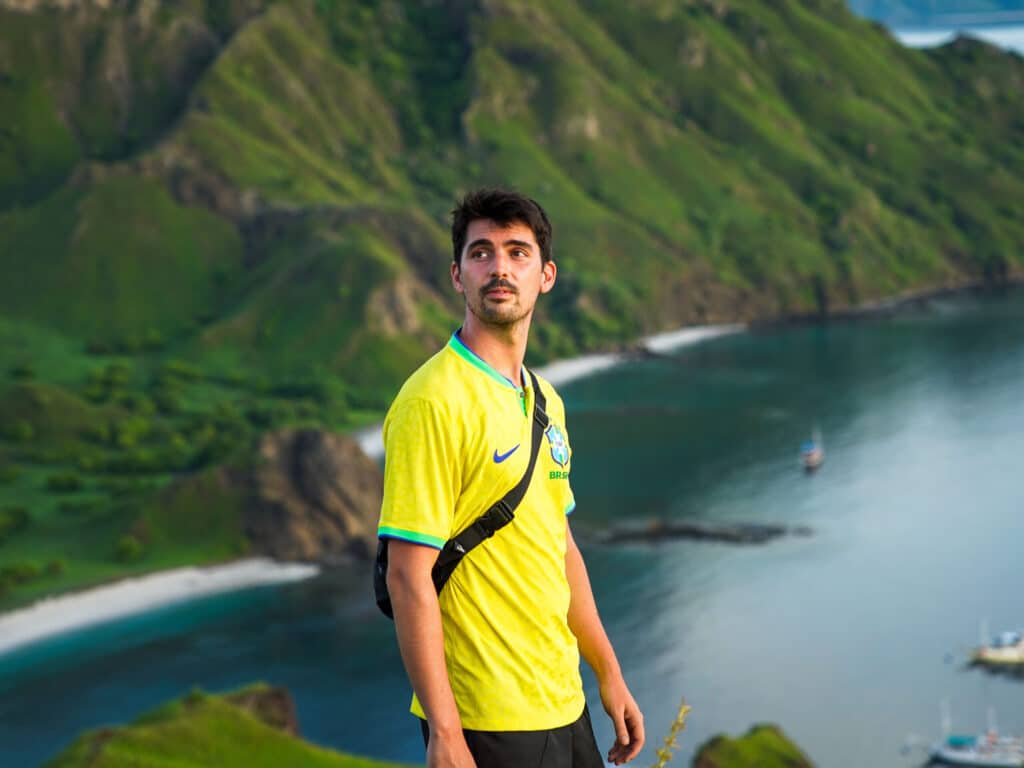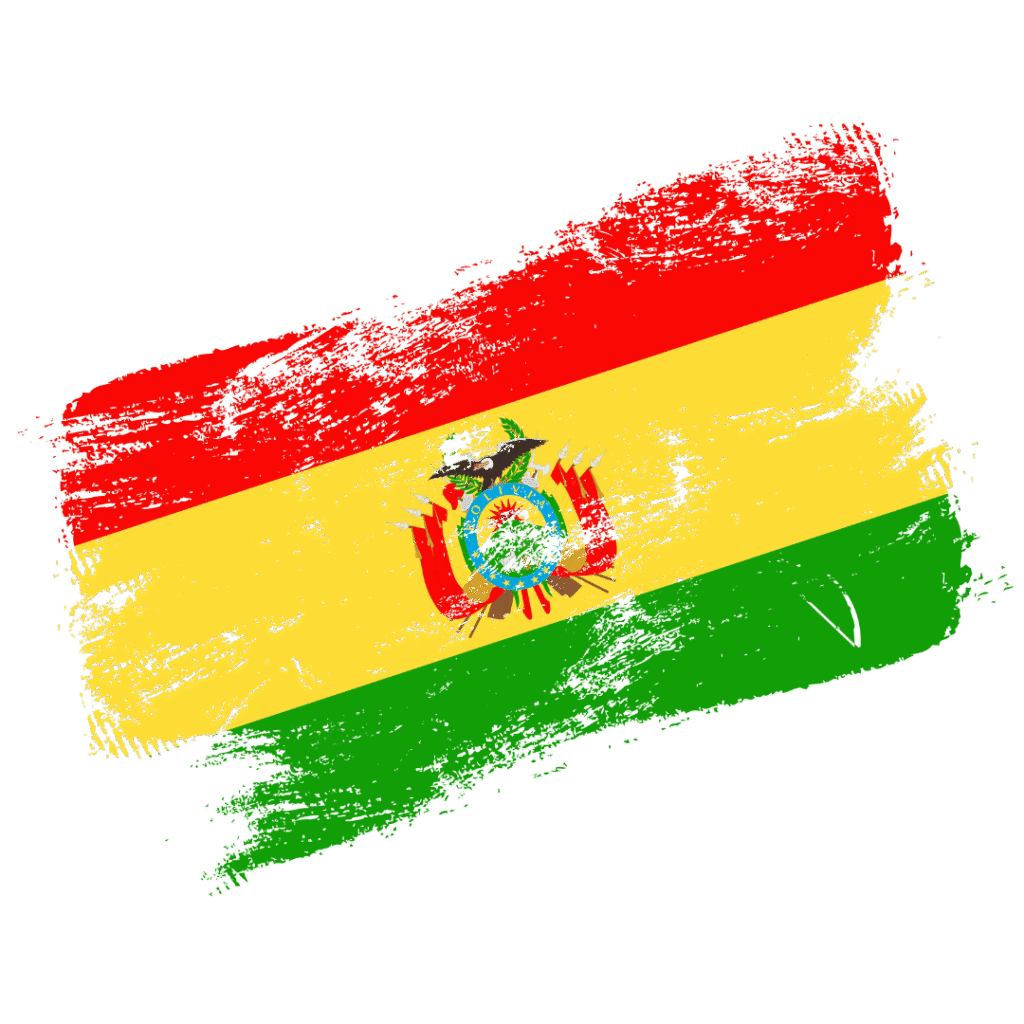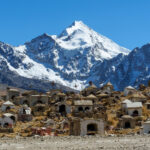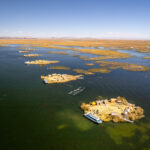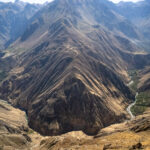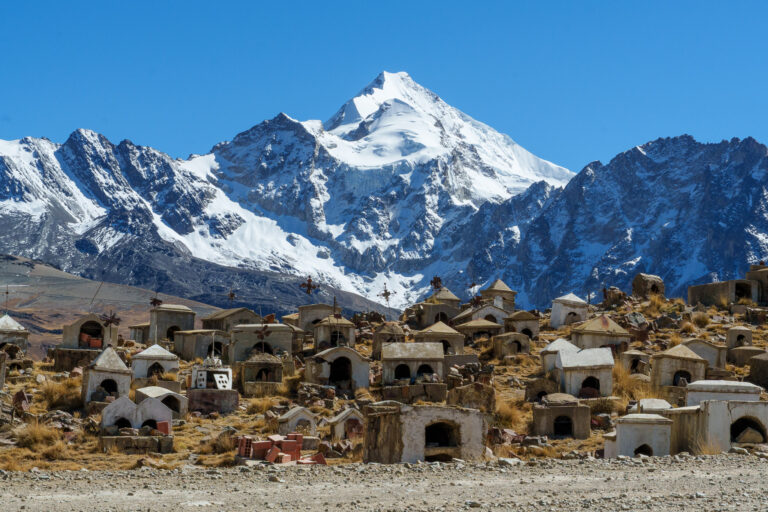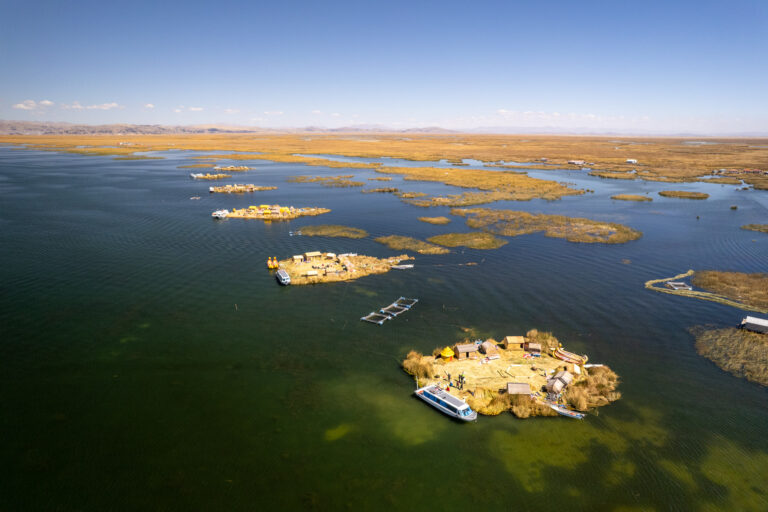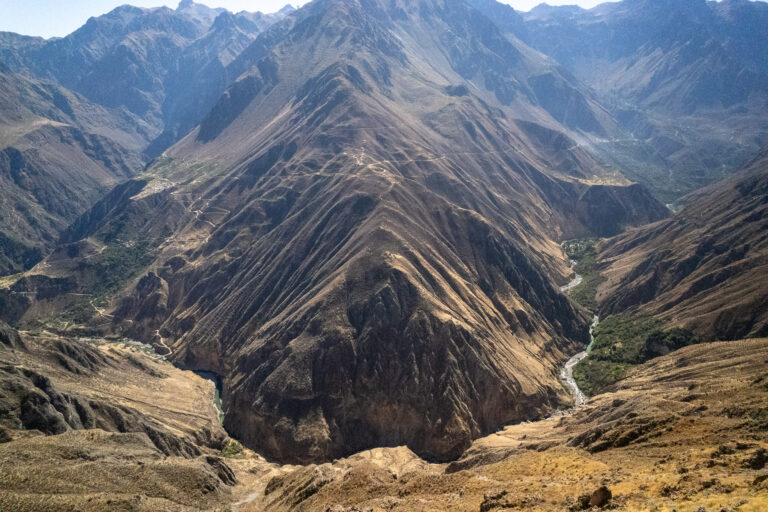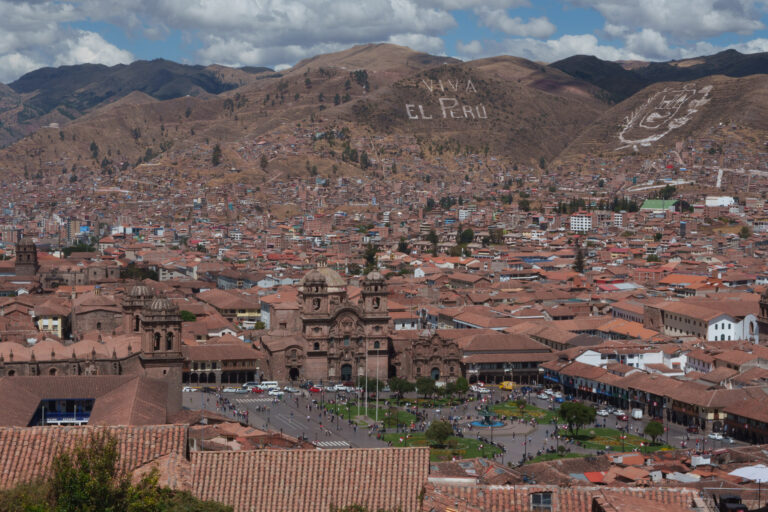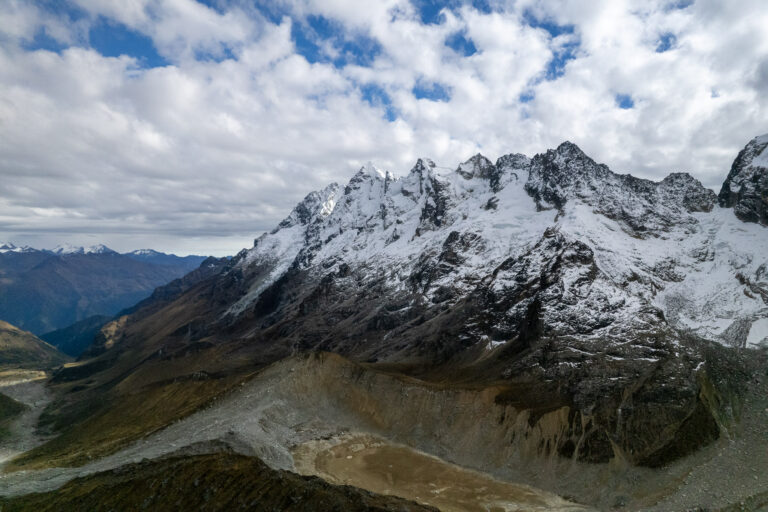Table of Contents
The Essentials
- It’s a two or three-day adventure close to La Paz, perfect for a quick yet challenging mountain experience.
- Huayna Potosi is one of the most affordable mountains over 6000 metres in the world, making it accessible for many travelers.
- You need to be reasonably fit and properly acclimated to the altitude to have the best chances of success.
All You Need to Know About Climbing the Huayna Potosi
Where is this mountain?
Why is it famous?
The Weather
Weather on Huayna Potosi is legendary for its unpredictability. When I climbed, we had moments of sun and clear sky followed by sudden clouds, snow showers, or bursts of icy wind. Even in the best season, conditions can change by the hour, so you must come prepared.
Which company to go with?
La Paz is packed with agencies offering Huayna Potosi climbs—there are at least five to ten options, but not all tours are created equal. Some agencies run their own expeditions, while others act as middlemen and join up with another company’s group. Well-known operators often end up with eight or ten people in a group; this adds energy, but sometimes means less attention on the mountain.
Personally, I booked my climb with Ampharal Operador Turistico. They handled the logistics well, and our small group offered a ton of flexibility. Keep in mind that middlemen agencies are common, so you may not know the exact expedition company in advance. A few other agencies with strong ratings are:
When I plan my trip, I usually look at each city I’ll travel to and check all the activities offered on Get Your Guide to get an overview of what’s available and at what price.
The Adventure Day by Day
Day 1 – Packing, Glacier Practice, and Getting Acclimatized
When you travel abroad for holidays, you’re always exposed to risks like food poisoning, injuries, or even lost luggage. By booking insurance with EKTA, you’ll have peace of mind knowing you’re covered, so you can focus on enjoying your trip stress-free.
Day 2 – The Real Challenge Begins
Day 3 – The Toughest Day
Are you ready for your first 6,000-metre summit?
FAQ
How difficult is the Huayna Potosi climb?
Do I need prior mountaineering experience?
How many days do I need for the climb?
What is the best time of year to climb Huayna Potosi?
How much does it cost to climb Huayna Potosi?
What equipment is provided and what should I bring?
How cold does it get on the mountain?
How do I prevent altitude sickness?
Are porters available for the climb?
Is there mobile internet or phone signal on the route?
Can I shower or wash at base camp?
What are accommodation conditions like?
Is the climb safe?
What fitness level is required?
What is the success rate for summiting?
How do I book a climb?
Will I need cash for the tour?
How early do we start on summit day?
Is there much risk from avalanches or crevasses?
Can I turn back if struggling or get sick?
More Photos of Huayna Potosi
If you're interested in owning one of the photos (printing them, setting them as your phone wallpaper, or using them for commercial purposes), you can easily get them on Pixieset. If you don't find the photo you like, send me a quick message on Instagram (@HorizonHugo), and I’ll add it!


